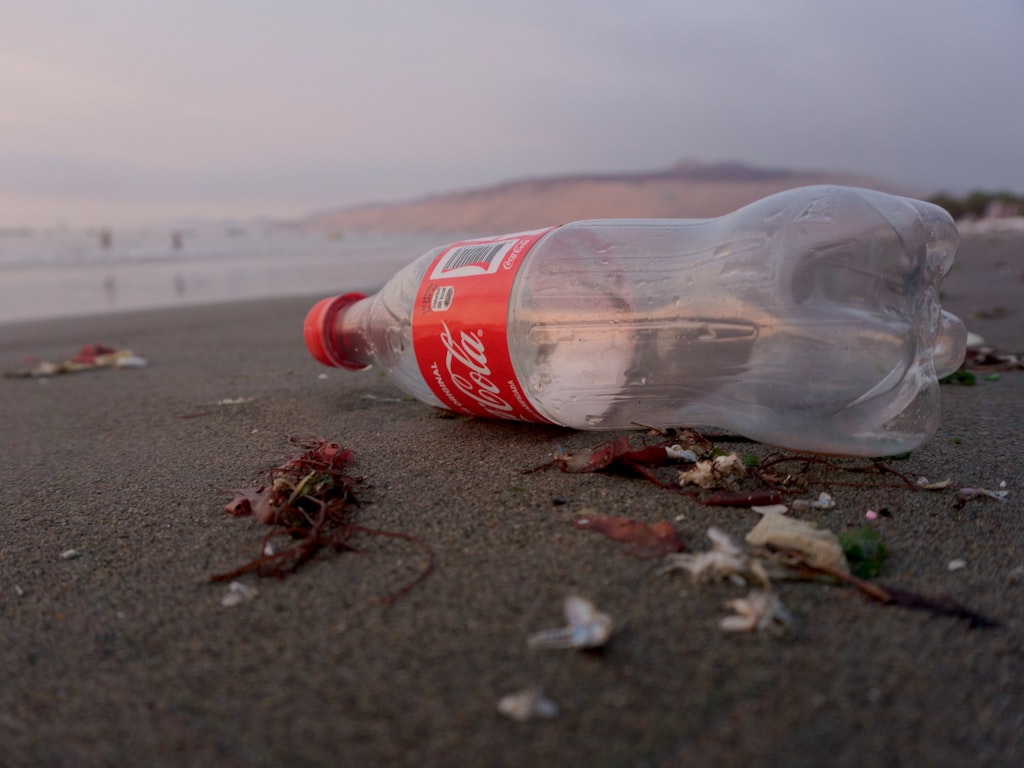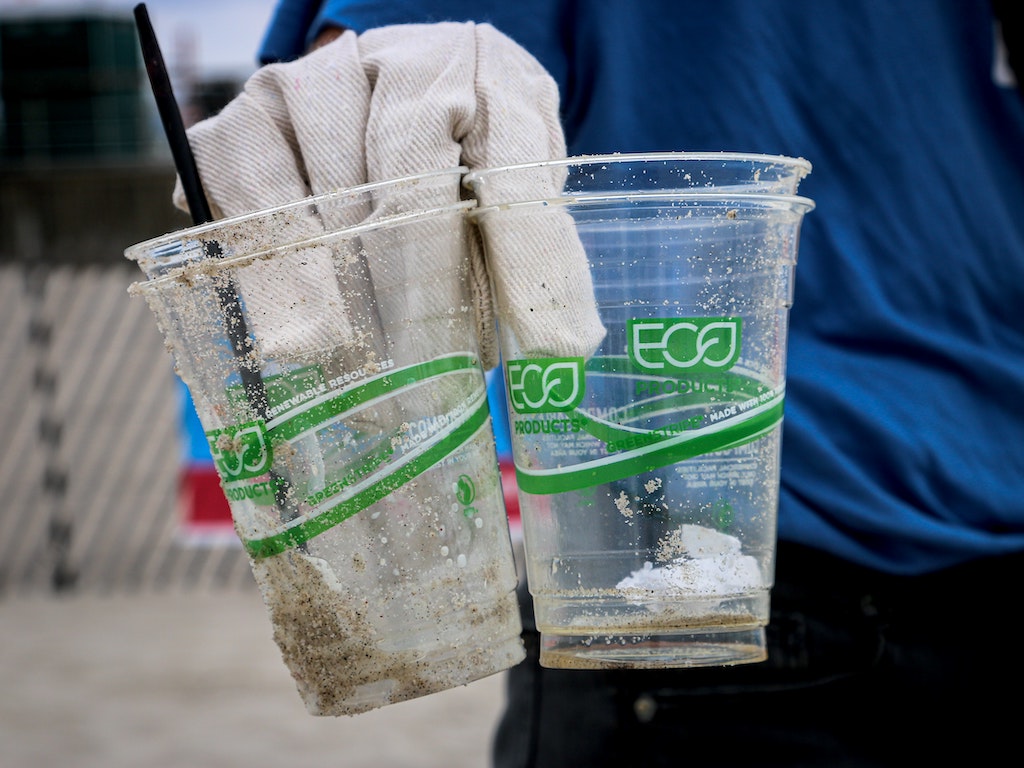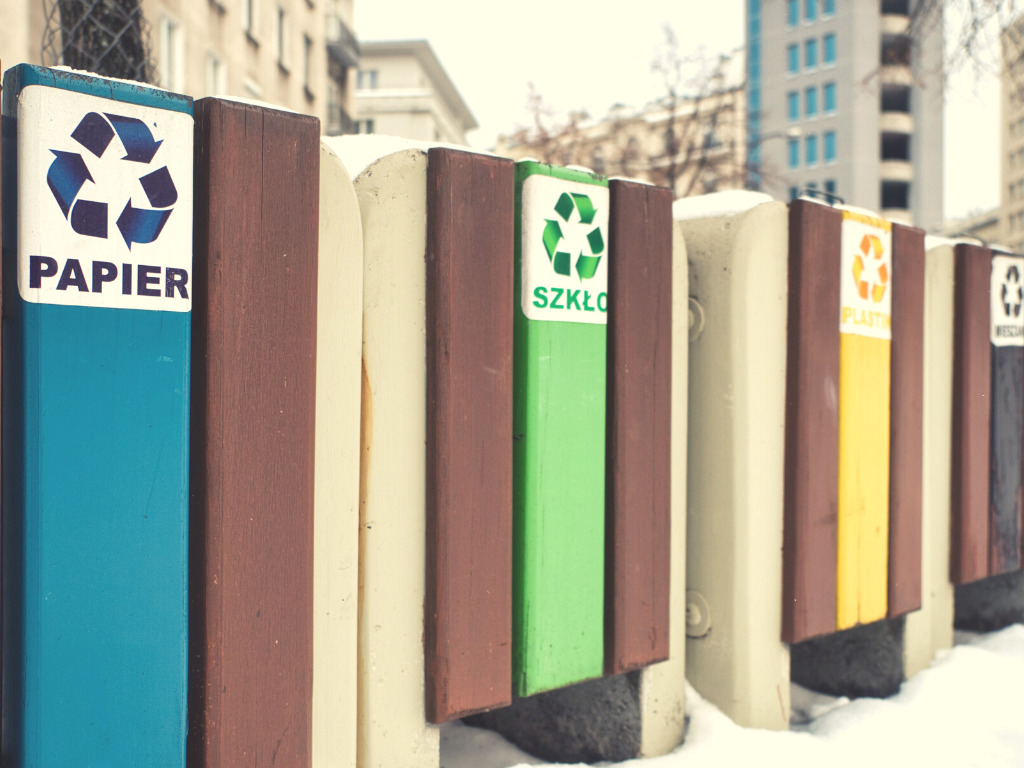4 Mins Read
More than 30 percent of consumers think recycling doesn’t make a difference in improving the environment, according to a new survey.
A new survey, published by YouGov and UK-based sustainable packaging company DS Smith, finds a growing number of consumers aren’t convinced recycling makes a difference in the health of the environment. The news comes on the heels of increased efforts by UN members to better tackle plastic waste, the leading cause of ocean pollution.
The survey found consumers aren’t so confident in the benefits of recycling these items, and many are confused about what can and can’t be recycled. Nearly half of the survey’s respondents said they found recycling in the UK not particularly easy.
More than 67 percent of survey respondents said there is conflicting information about recycling, and 60 percent of respondents said recycling instructions are hard to find on items.
Half of the consumers said they want to see clearer recycling information labeling on items, and 49 percent said they would prefer to see more paper, cardstock, or cardboard packaging items in supermarkets. Forty percent said they would rather use separate bins organized by type of waste if that would increase the recycling efforts.
Recycling confusion
“While many people are doing their best to recycle commonly used items, the problem starts way before then in how a product is made,” Rogier Gerritsen, Managing Director at DS Smith Recycling said in a statement. “Our Circular Design Principles ensure that recyclability is built in at the start of the process, not at the end.”
According to YouGov and DS Smith, an analysis from Kemsley Mill, the UK’s largest paper recycling facility, identified the “dirty dozen”—twelve items that are hardest to recycle when put into mixed or paper recycling streams.

Kemsley identified these twelve items as junk mail, pulp food trays, food cartons, crisp tubes, glittery gift wrap and greetings cards, padded envelopes, sandwich wrappers, insulated food delivery packaging, coffee bags and pouches, wax and silicone papers from items such as butter wrappers and fast-food soft drink cups.
Improper recycling can create problems at facilities designated for specific types of recycling. This increases costs and creates additional waste. Kemsley says last year saw nearly 400 million trash bin bags worth of plastic collected from the Mill designated for paper.
“By designing packaging which reduces the number of different components used and contains labelling that is easier for customers to understand, we increase the quality of the recyclable products and reduce the current volume of materials that are rejected,” Gerritsen said. We are working with our customers and others in the industry to help achieve this so that we can create a truly circular economy.”
Recent data from the US found 25 percent of consumers are confused by recycling rules.
Recycling labeling
The issue is further complicated by plastic, for which there’s not often a recycling option, even though most consumers assume plastic is fully recyclable.
“Currently, plastic labels are over-simplistic, often abstract, and sometimes inaccurate,” Stephen Burrows, a marine science researcher at the QUEX Institute and author of a recent study on recycling, told Popular Science. “An example we use is coffee cups made of polylactic acid (PLA) being labeled as ‘recyclable’ and ‘compostable’ when in actuality, depending on your location, they might be neither.”

Kate Melges, the Greenpeace USA global plastics corporate lead, says most plastic packaging cannot be recycled. “Only polyethylene terephthalate (PET) #1 and high-density polyethylene (HDPE) #2 bottles and jugs, with acceptable shrink sleeves and labels, can be claimed as recyclable in the U.S. today,” she told Popular Science. “Most types of plastic packaging are economically impossible to recycle now and will remain so in the foreseeable future.”
The research Burrows published in Environmental Science & Policy, suggested developing new plastic labeling to help consumers make more informed decisions and purchases.
“In our paper, we’ve made recommendations to labeling which move [the] focus from recyclability to sustainability, are specific to the region of purchase, and inform the public about plastic additive content,” says Burrows.
Photo by Łukasz Rawa on Unsplash



